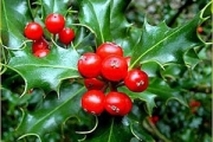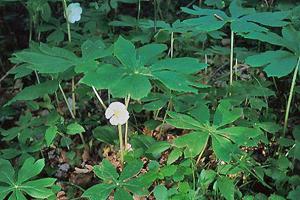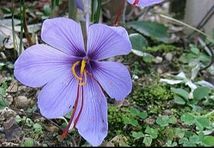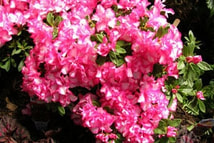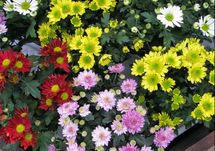Protect your petS
6BC Garden loves animals (except rats!). We cordially welcome your dogs, cats, birds, turtles, and other pets, as long as they are appropriately controlled, and respect our plants. For their own safety, pets should be kept away from the plots. While our members are pet friendly, not all of our plants are. Please be aware that there are plants in our garden that can be toxic, in varying degrees, to your pets. A partial list is below. We will be adding to this list, as well as other helpful hints, as we can.
TOXIC PLANTS
A Note To Animal Lovers: 6BC Garden, like many other gardens, contains plants that are poisonous to some animals. We will be posting information on these plants as we get it. For a general list of poisonous plants, please go to the ASPCA's Poison Control page.
|
Toxic to Dogs, Cats, Horses
American Holly: Additional Common Names: English Holly, European Holly, Oregon Holly, Inkberry, Winterberry. Scientific Name: Ilex opaca Family: Aquifoliaceae Toxic Principles: saponins. Clinical Signs: Vomiting, diarrhea and depression. Leaves and berries are low toxicity. |
|
Toxic to Dogs, Cats, Horses
American Mandrake: Additional Common Names: Mayapple, Indian Apple Root, Umbrella Leaf, Wild Lemon, Hog Apple, Duck's Foot, Raccoonberry Scientific Name: Podophyllum peltatum. Family: Berberidaceae Toxic Principles: Podophyllin. Clinical Signs: Vomiting, diarrhea, lethargy, panting, coma (rare); dermal - redness, skin ulcers. |
|
Toxic to Dogs and Cats
Autumn crocus (Colchicum autumnale), also known as Meadow Saffron, is a fall blooming perennial. This is not to be confused with the spring crocus (Crocus sp.) that blooms in the spring and is non-toxic. Autumn crocus can be extremely toxic to dogs and cats. Pet parents should be on high alert for this plant. Problems from ingestion may consist of vomiting and diarrhea, weakness, a decrease in production of the cells responsible for immunity, carrying oxygen and blood clotting, multi-organ failure and even death. Toxic to Dogs, Cats, Horses
Azalea: Additional Common Names: Rosebay, Rhododendron. Scientific Name: Rhododendron spp Family: Ericaceae Toxic Principles: Grayantoxin. Clinical Signs: Vomiting, diarrhea, hypersalivation, weakness, coma, hypotension, CNS depression, loss of coordination, stupor, leg paralysis, weak heart rate, recumbency for 2 or more days, cardiovascular collapse and death. Ingestion of a few leaves can cause serious problems. Clinical effects typically occur within a few hours after ingestion. |
|
Toxic to Dogs, Cats, Horses
Chrysanthemums: also known as mums or daisies, are a popular fall flower and come in various colors. Chrysanthemums are considered a mild to moderately toxic plant for pets. Depending on how much your cat or dog eats, symptoms associated with ingestion can consist of vomiting, diarrhea, drooling and wobbliness. |
Proudly powered by Weebly

